Sign up for workout ideas, training advice, reviews of the latest gear and more.

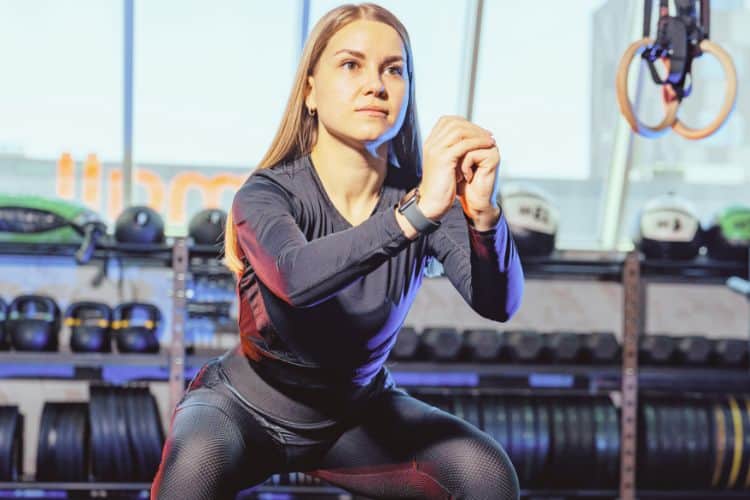
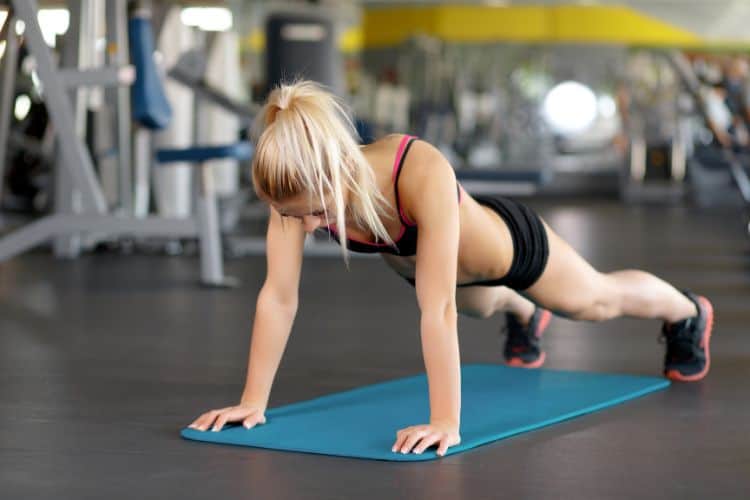
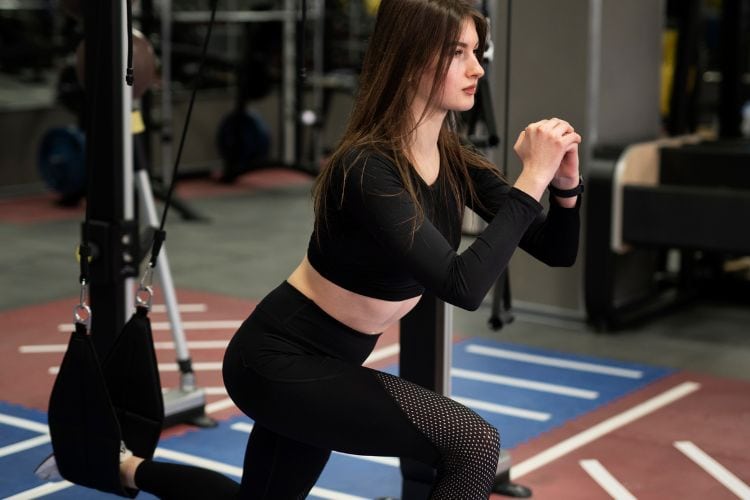
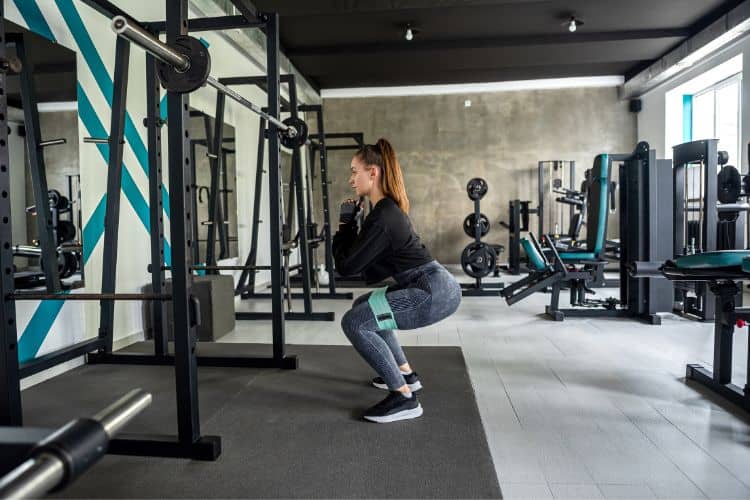
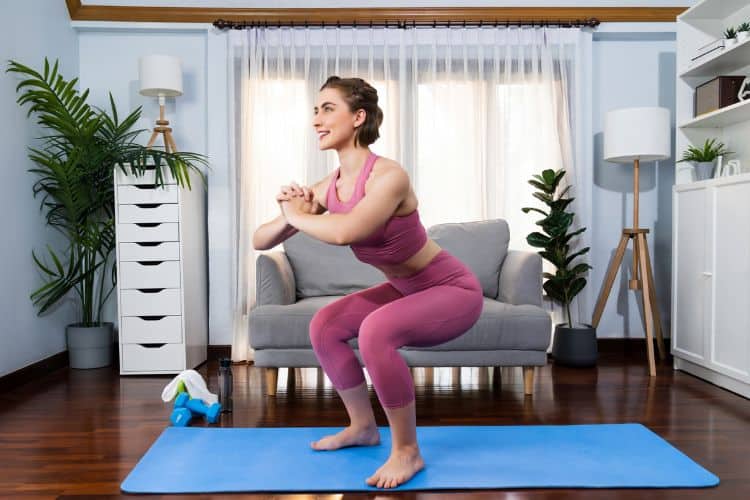
Squats are one of the most effective exercises for building strength, improving balance, and torching calories. Whether you’re looking to sculpt powerful legs, tighten your glutes, or increase functional fitness, a well-structured 30-minute squat workout can deliver outstanding results. In this blog post, we’ll explore a comprehensive breakdown of how to do a 30-minute squat workout effectively, including variations, programming tips, and the benefits it brings to your body.
Squats target multiple major muscle groups at once — including the quadriceps, hamstrings, glutes, calves, and core. This makes them an efficient and powerful compound movement for both beginners and advanced fitness enthusiasts.
A proper squat workout in 30 minutes should include a warm-up, several squat variations, and a cool-down. For optimal results, alternate between strength-based and endurance-focused squats.
Incorporating supersets (two exercises back-to-back with minimal rest) or circuit training (rotating through exercises with short rest intervals) ensures intensity stays high and your muscles stay challenged.
Before jumping into your squats, it’s important to prepare your body with mobility and activation work.
This routine increases heart rate, activates the glutes, and primes joints for movement.
Perfect for those new to squats or coming back after a fitness break.
Total Time: 30 minutes (including rest)
Rest 1 minute between rounds
Step up your workout with tempo, jump variations, and time-under-tension.
Total Time: 30 minutes
Rest 1 minute between rounds
Designed for athletes and those ready to push their limits.
Total Time: 30 minutes
Rest 1-2 minutes between rounds depending on fitness level
Adding a variety of squats keeps the workout fresh and engages muscles from different angles.
Each of these squat types improves different aspects of fitness — strength, power, stability, and mobility.
Improper squat form can lead to injury or limit your progress. Keep these tips in mind:
Depending on your fitness goals:
Increase:
If you have dumbbells, kettlebells, or a barbell, integrate them into your squats to boost intensity and build strength.
Perform 3 rounds – 45 seconds work, 15 seconds rest
Don’t skip recovery. Cooling down helps prevent stiffness and boosts flexibility.
Squatting daily at bodyweight is fine for mobility and endurance, but weighted squats should be spaced out to allow recovery. 2–4 times a week is ideal.
Squats don’t specifically target belly fat, but they help burn overall body fat by increasing muscle mass and metabolism.
Squats are a great base, but leg day should also include exercises like lunges, hamstring curls, and calf raises for full development.
Focus on form first. Use a chair for support, avoid deep range until comfortable, and strengthen supporting muscles like glutes and hamstrings.
Whether you’re at home with no equipment or in the gym with barbells, a 30-minute squat workout can dramatically improve your fitness, strength, and fat-burning potential. By varying intensity, focusing on form, and challenging yourself with new squat styles, you’ll build strong legs and a resilient lower body.
Commit to 30 minutes, a few days a week, and your body will thank you with improved posture, muscle tone, and energy.
Want more effective workouts?
Subscribe to our blog or follow us on Pinterest for new routines, challenges, and fitness tips!
Stay up to date on the latest women’s health, fitness and lifestyle trends and tips.